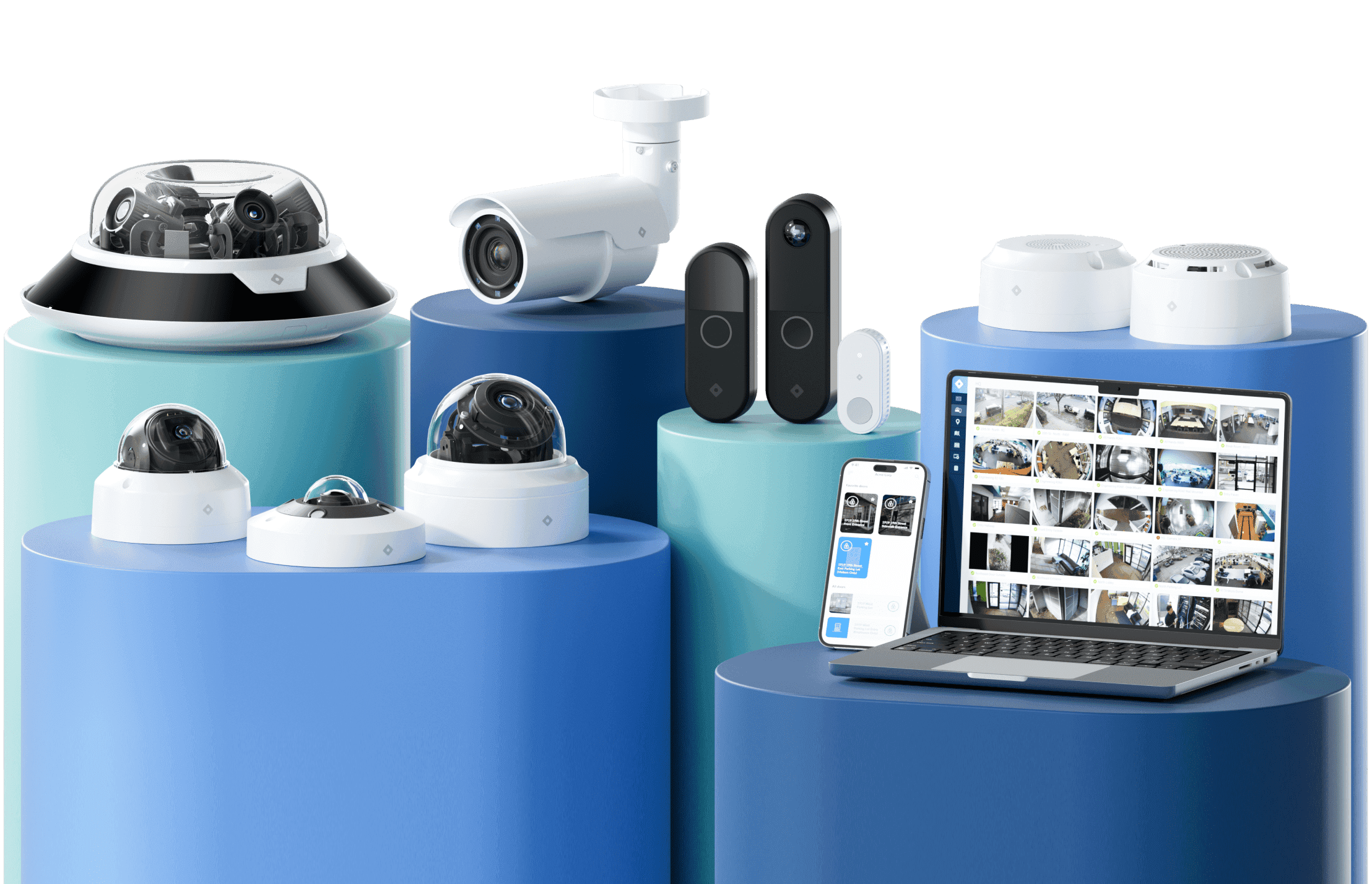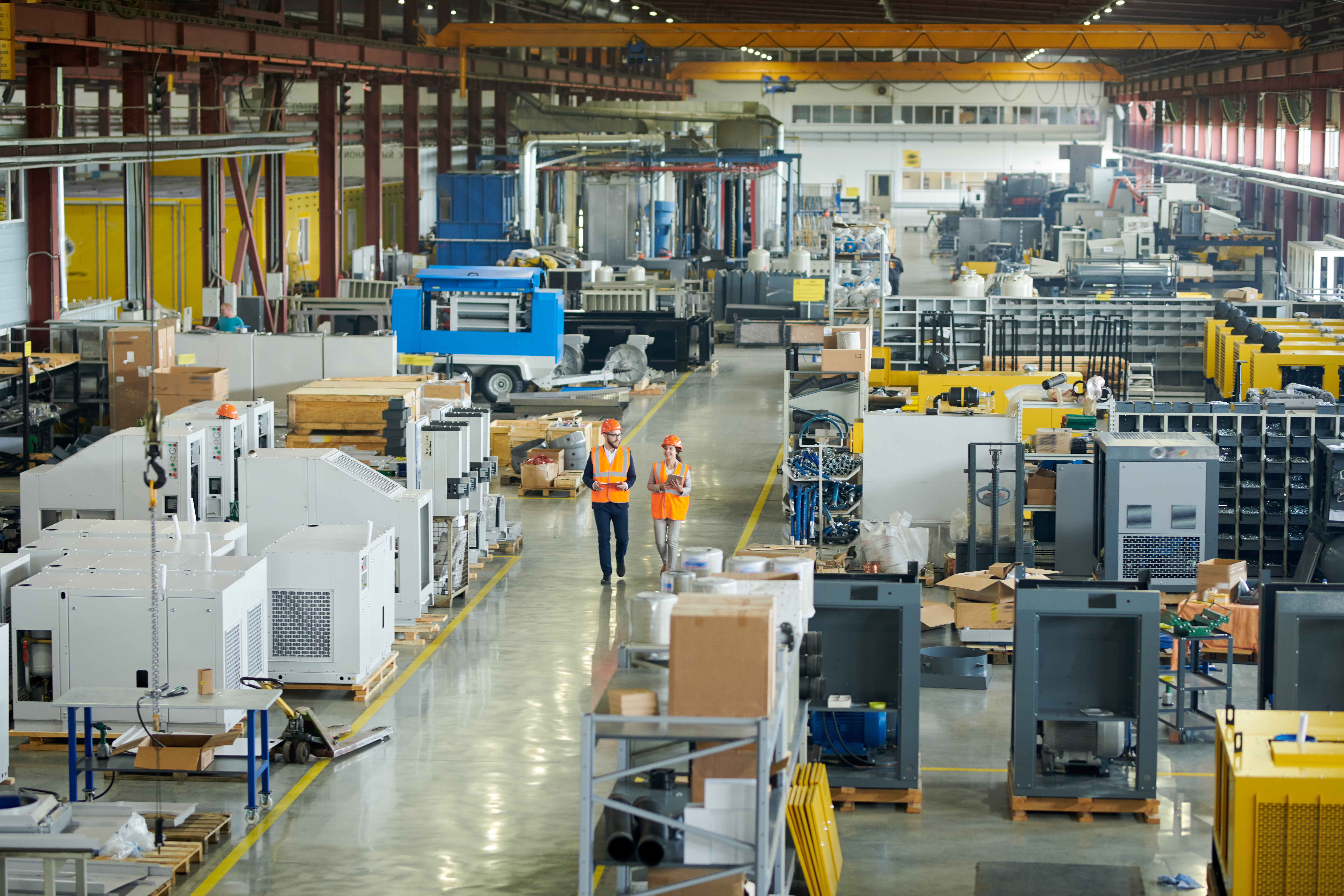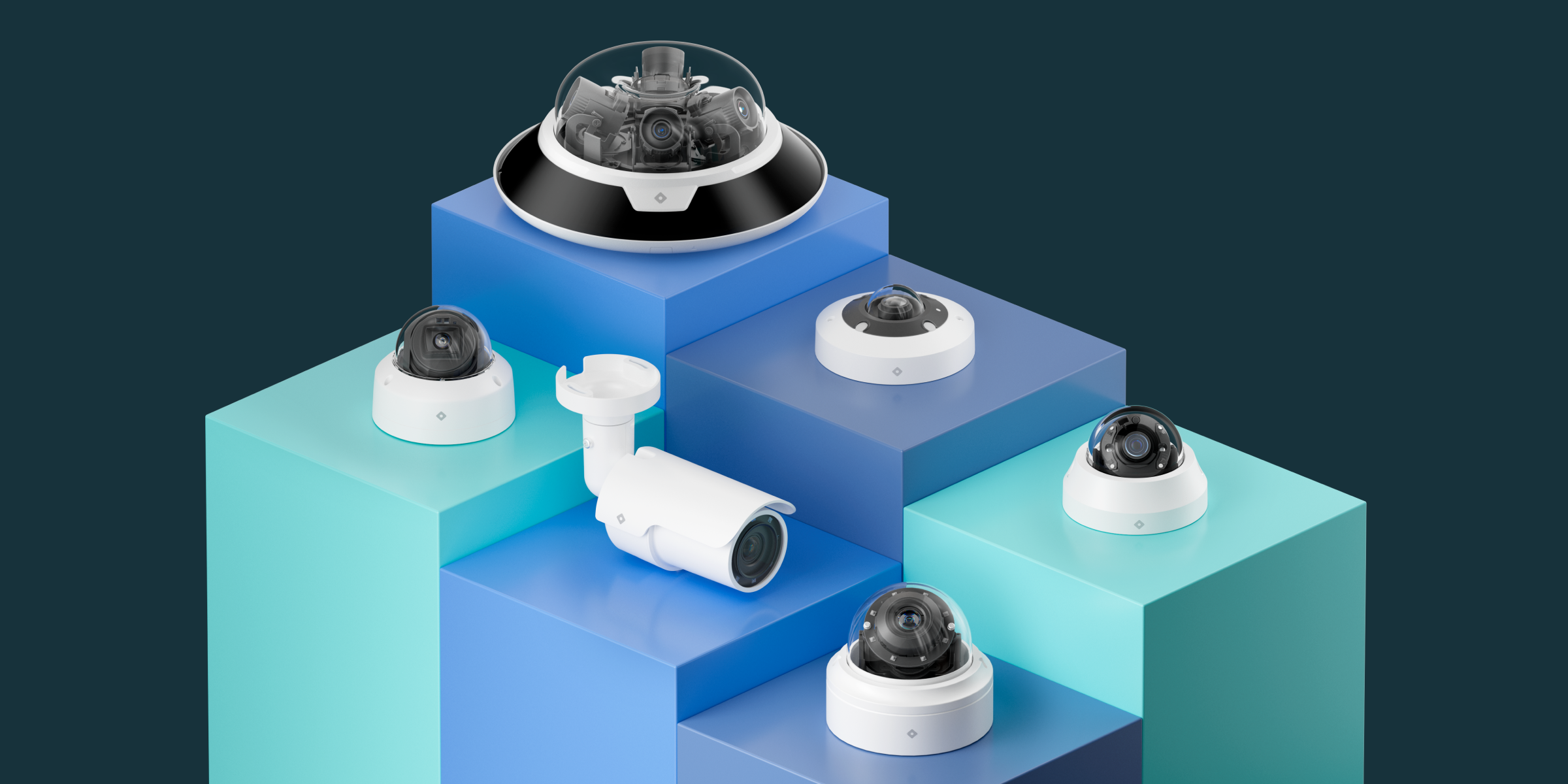6 Types of Retail Customer Counter Systems and Why You Should Use Security Cameras Instead

The need for reliable, simple, and modern technology is more important than ever. In retail, separate tech stacks are put in place to ensure that the store is able to operate as efficiently as possible. From security cameras and POS systems to RF security gates and RFID tags, the technology that goes into retail operations is vastly impressive.
With consumer behavior shifting more towards online, retail stores are looking for ways to optimize their conversion rate. In order to begin optimization, businesses must first collect visitor data to understand their shopping behaviors – this is where customer counters come into play.
Customer counters are useful as it provides foot traffic data to help businesses make informed and directional decisions. While counters are fairly simple, most existing systems haven’t seen a major upgrade in years. In this blog post, we’ll focus on the different types of counters that currently exist and why you should consider security cameras instead.
What is a Thermal Counter?
Thermal counting uses a person’s body heat to measure foot traffic and is usually installed above the area of measurement. By utilizing heat-sensing cameras, this counter can vary in size and be installed with multiple cameras for a wider range of measurement. Thermal counting is fairly accurate; however, the system is siloed, and the hardware can be very expensive to implement successfully.
What is a Stereo Counter?
Stereo people counters are the size of a pencil case, use a dual lens camera setup and are rectangular in shape. Like thermal counters, they are installed above an area at an entry/exit point. Stereo counters have depth of vision, which allows the camera to exclude objects that don’t meet certain height requirements. You can also acquire data on the number of customers and customer dwell time, though the overall accuracy can fluctuate among systems.
What is a Mono Counter?
Mono counters are typically half the size of a stereo counter, use a single-lens, and lack depth of vision. They work similarly to stereo counters but are unable to exclude certain groups and work in only low traffic areas where the lighting is bright and remains consistent. This type of system is cost-effective and easy to install, however, it provides inaccurate data that is contingent on the environment where the counter is set-up at.
What is a Time of Flight Sensor?
Time of flight sensors are similar in size to modern thermal cameras and function by sending a signal to objects beneath the sensor. They then record the reflection of infrared that bounces back to register a count. This provides better depth of vision and movement and can work in total darkness. Time of flight counters can be linked with multiple sensors to cover a wide entrance, and while this may seem like a more advanced and accurate option, this form of counting technology is still in its early stages and most claims of accuracy have not been validated.
What is a Wi-Fi Counter?
Wi-Fi counters operate from Wireless Access Points (WAPs) and vary in size. Some Wi-Fi counters can be as large as a home router and are installed above an area and work as long as the customer has Wi-Fi enabled on their mobile device. As you can imagine, if someone doesn’t have Wi-Fi enabled this can give inaccurate results since this method is dependent on the access point. Wi-Fi counters can be complicated and cumbersome to set-up and are best if used as a second counter and not a replacement for a primary system.
What is a Infrared Counter?
Infrared people counters are the simplest, sometimes cheapest, and most inaccurate option for customer counting. They function similarly to the above options but count whenever an object moves past the sensor. The sensor is often set up at a doorway and requires on-going maintenance and management, making this method of counting very difficult to deal with.
Why you should use security cameras
There are plenty of options out there for customer counters, but many of the existing methods have their limitations. Some security cameras, like ours, offer both video security and people counting under one system. This makes management much easier (since they’re both connected) and enables the video footage to provide supplementary information so you can achieve a deeper understanding of your customer.
With traditional people counting systems, you’re forced to set-up counters near an entry/exit point. But with security cameras, you have the flexibility of installing them anywhere. Additionally, instead of using infrared or thermal systems to count a person, security cameras can use the actual human body to generate a more specific count.
By using security cameras as your primary customer counter, you not only simplify your infrastructure but you’re able to achieve a deeper understanding of your space, people, and security and position your business for greater future success.
Related Articles

Try Rhombus for Free!
See why school districts, cities, and Fortune 500 companies use Rhombus
Start Trial

